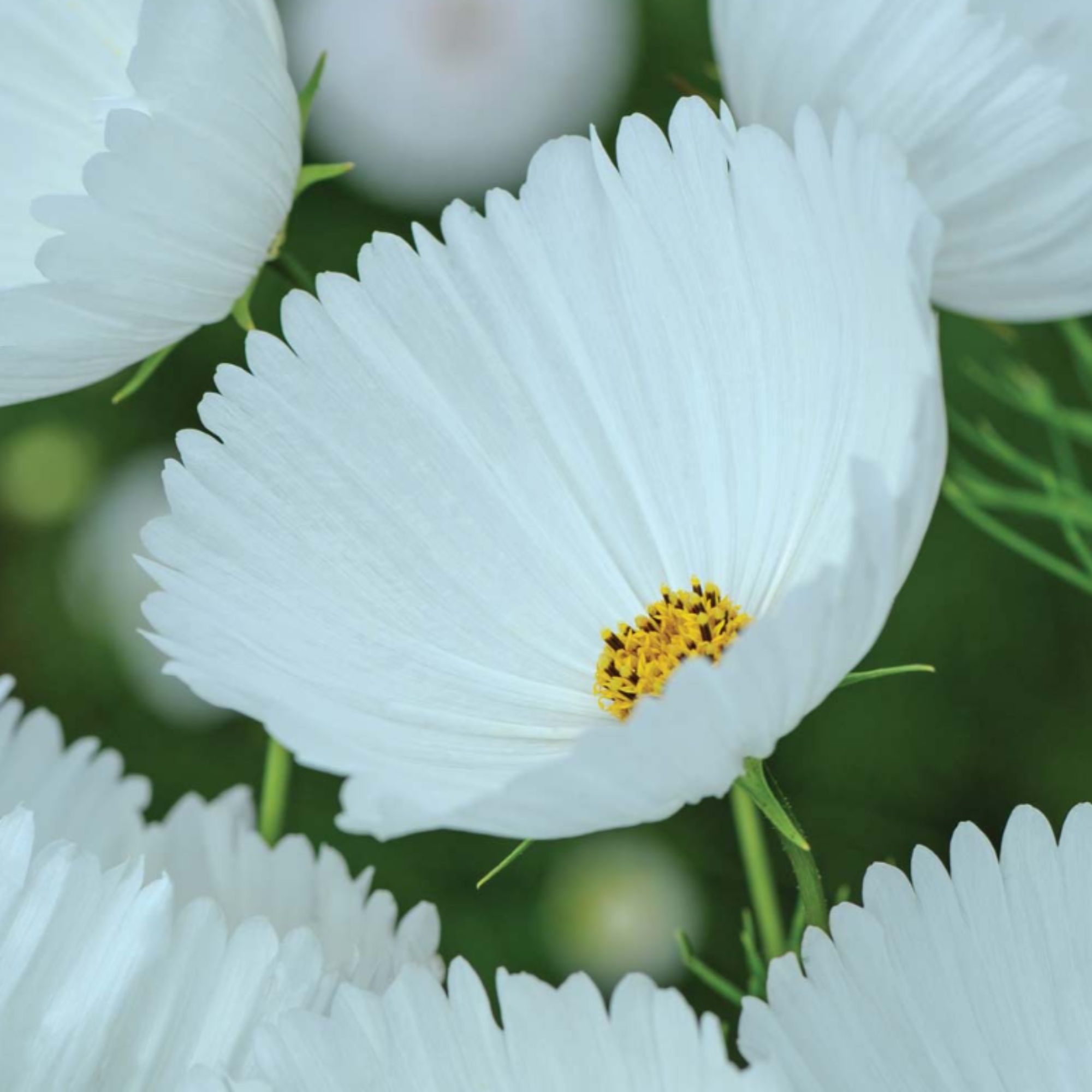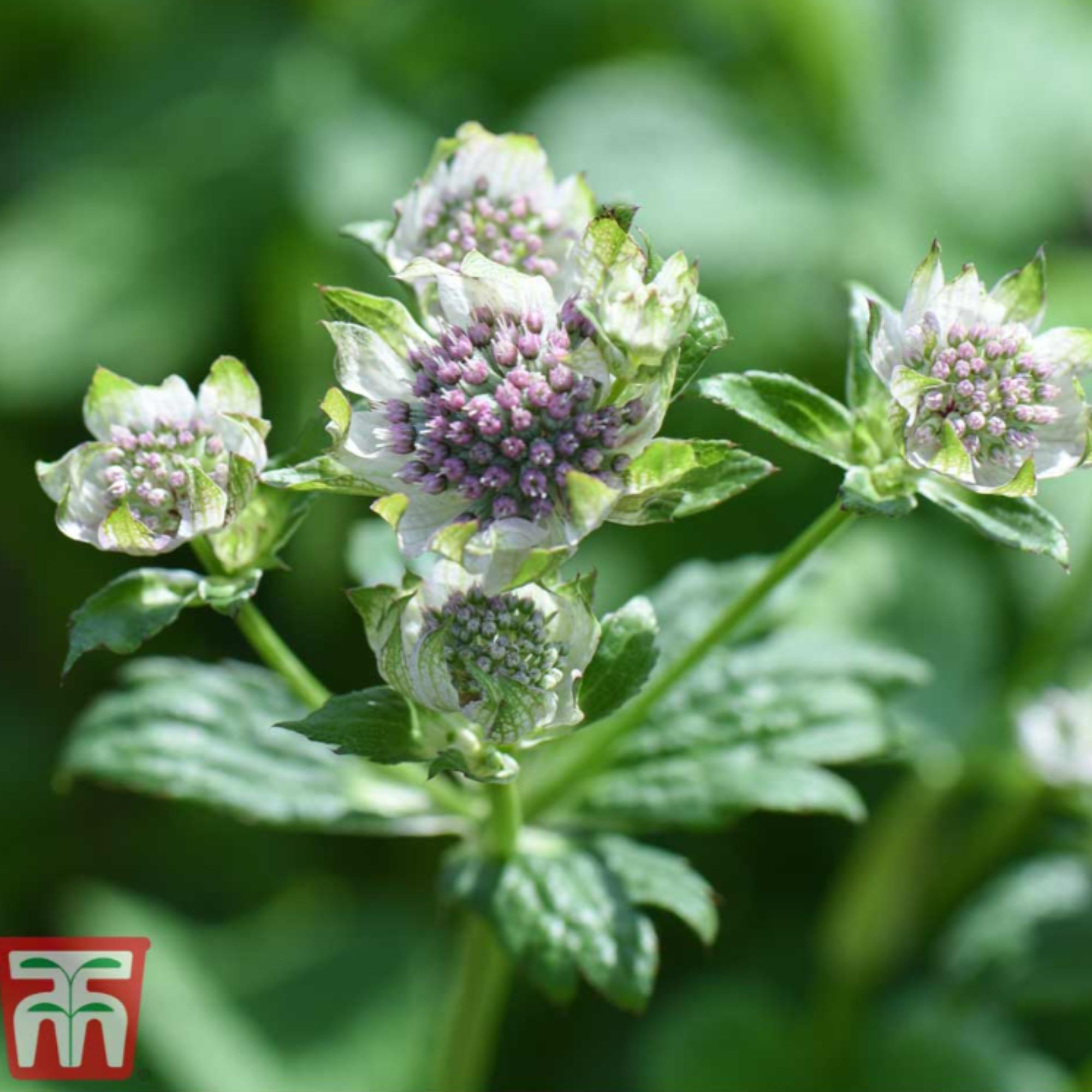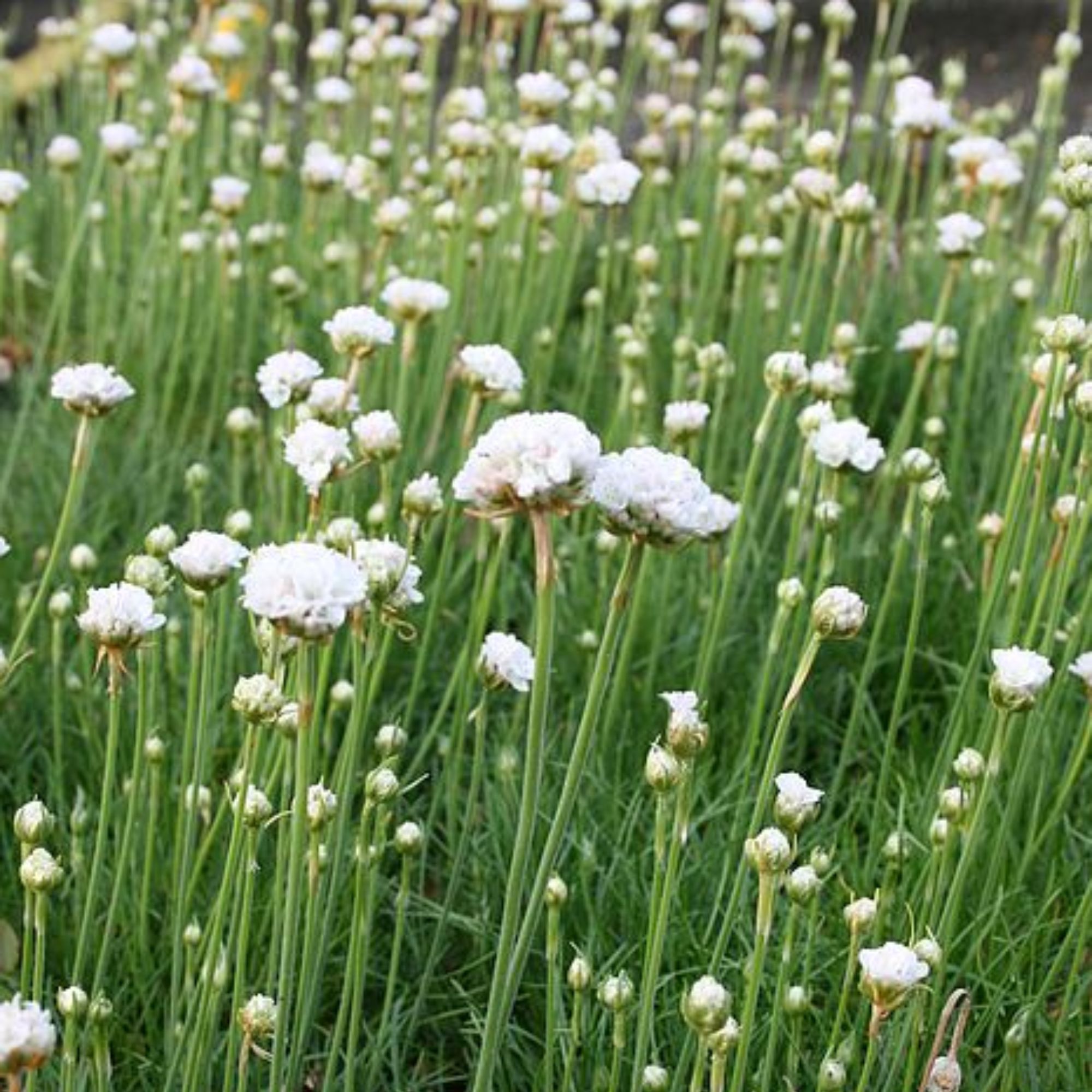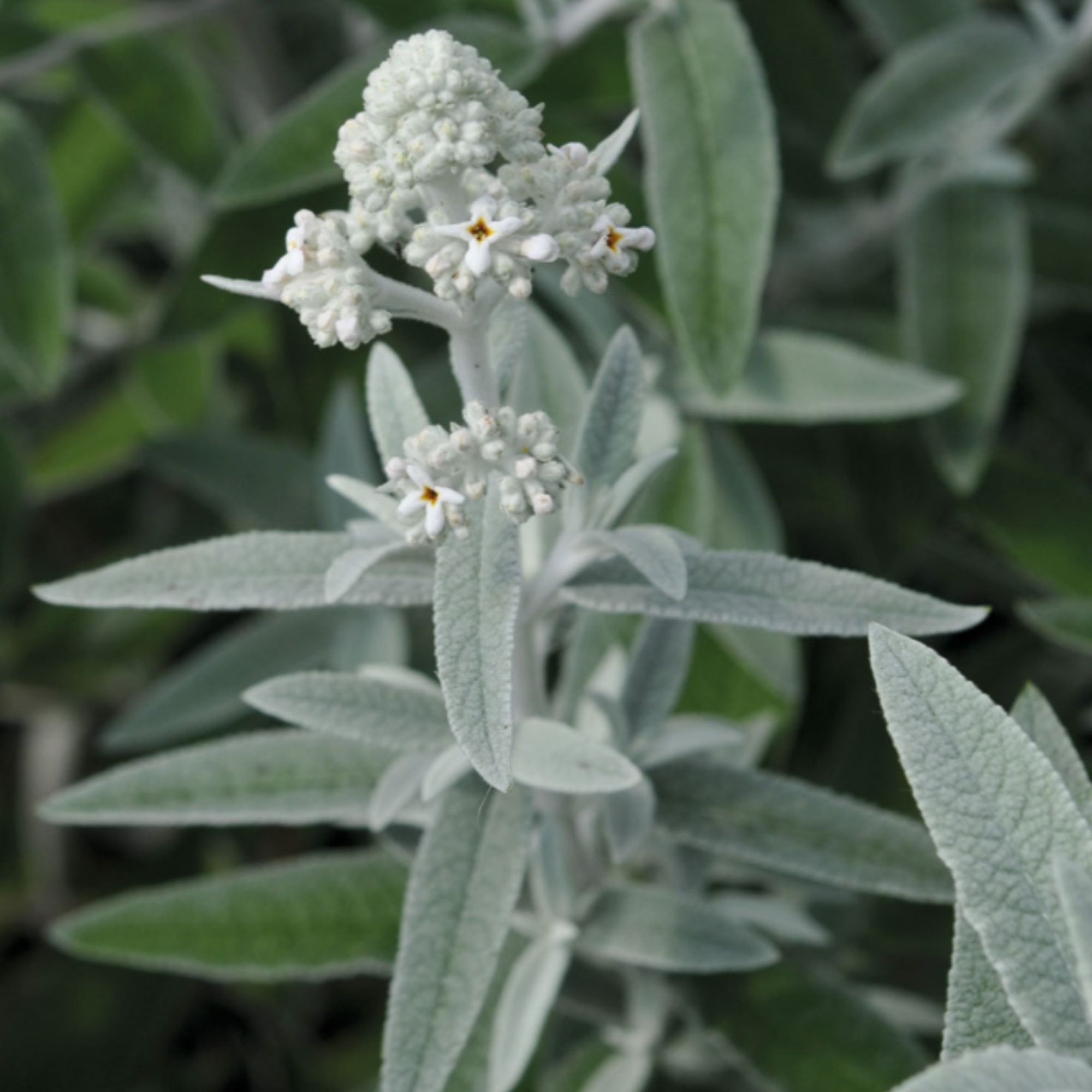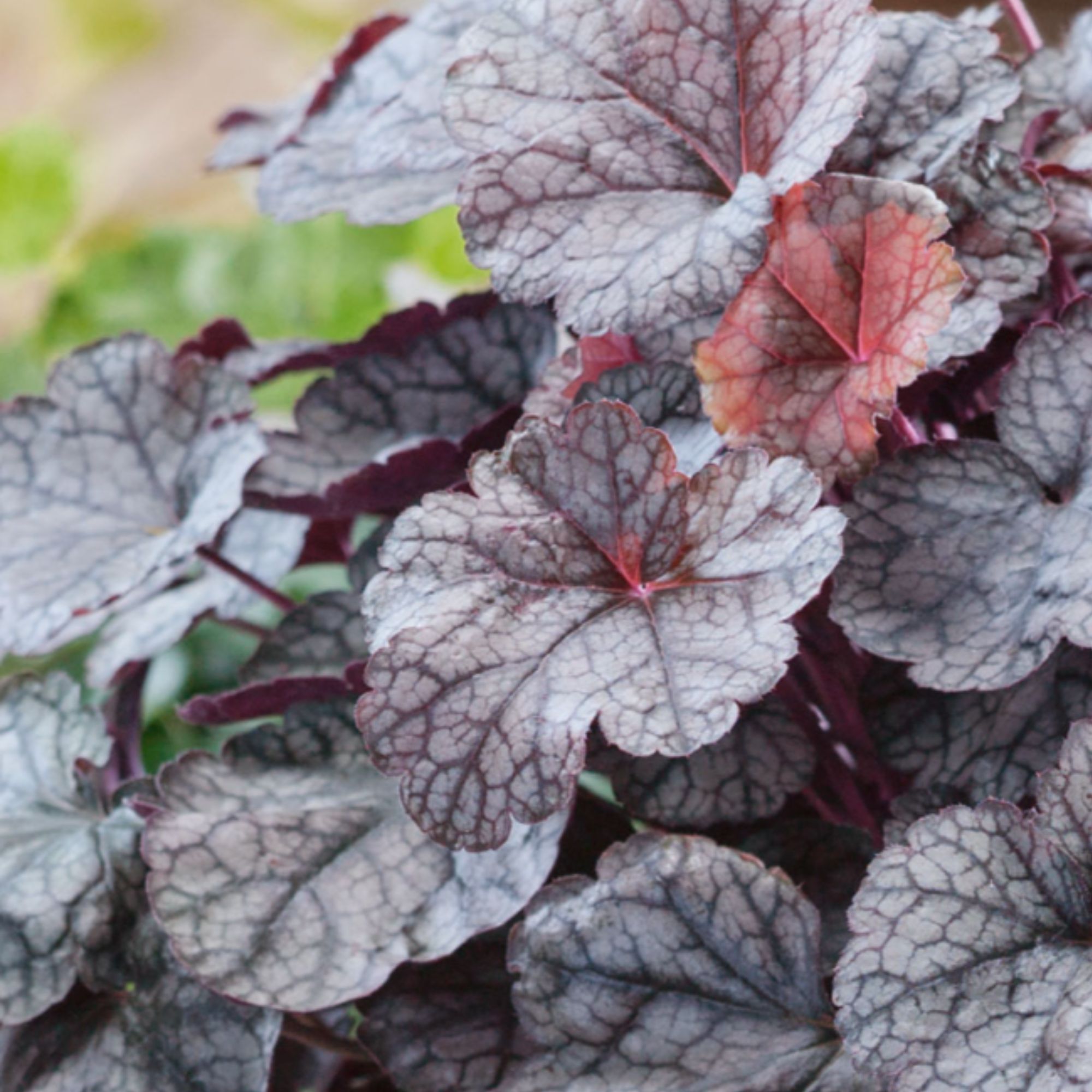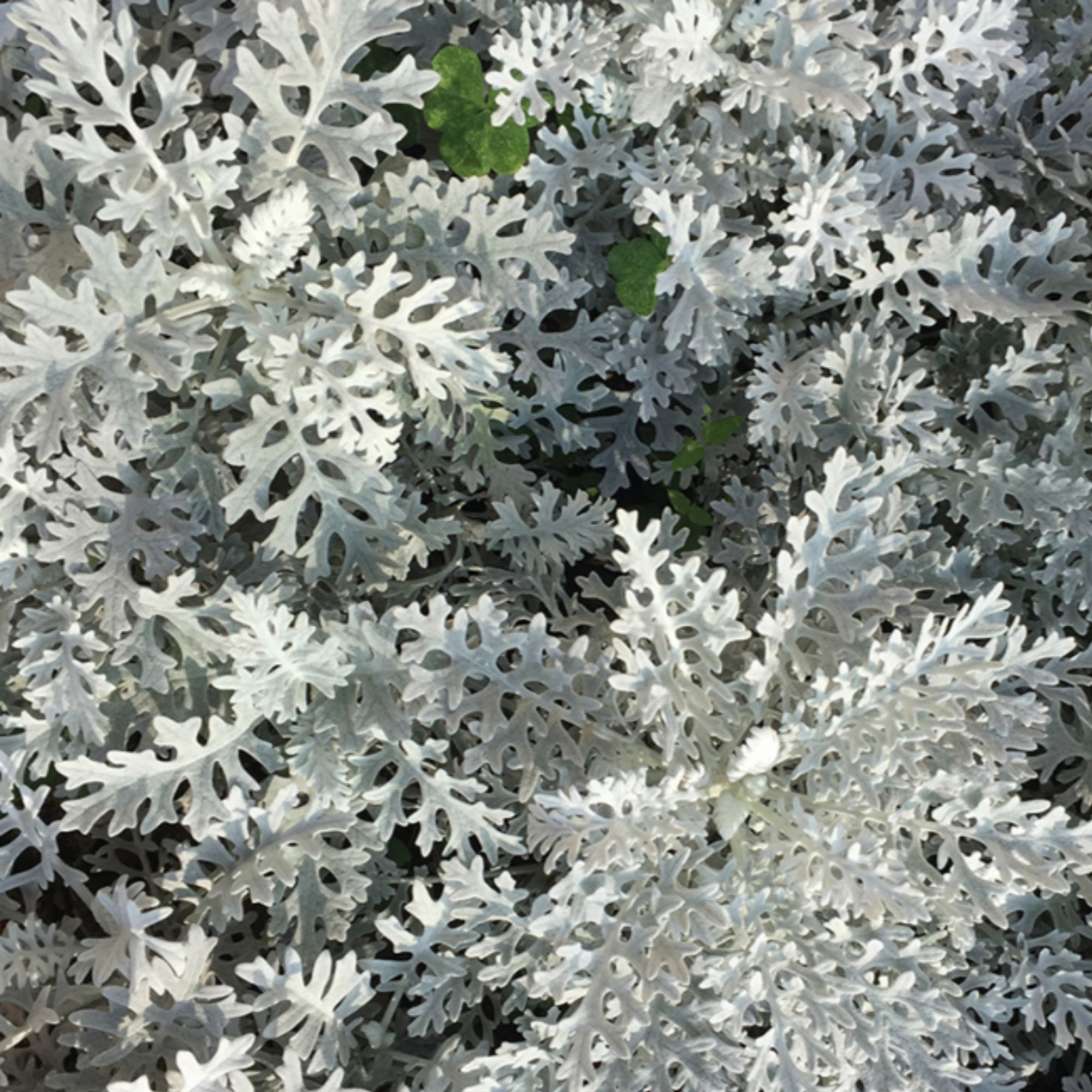What is a moon garden? How to recreate the dreamy planting trend at home
The moon garden is a VBD at the moment, and experts say it's easy to create your own
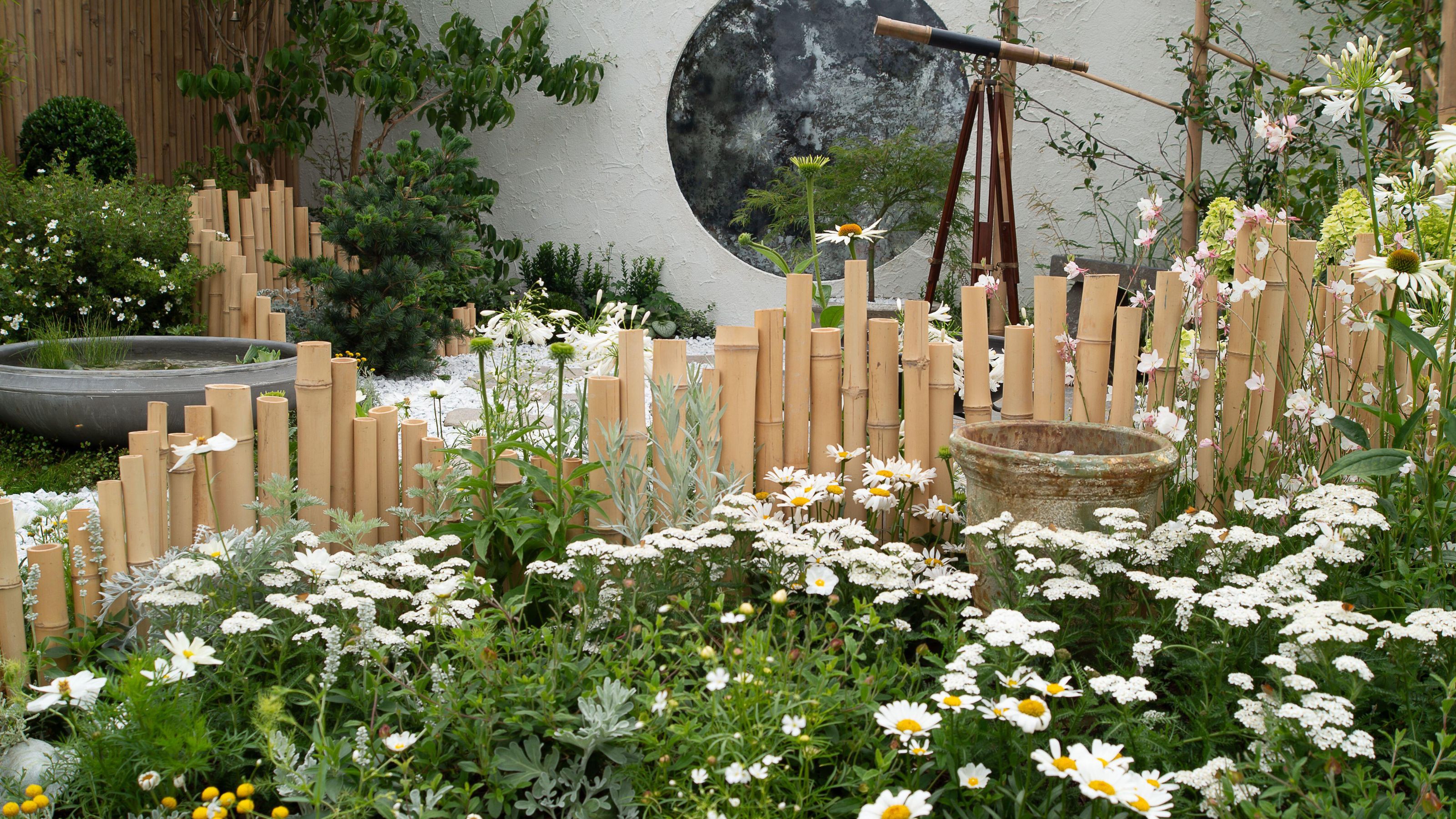

We're calling it: the moon garden – or lunar garden, if you prefer – is the most magical garden trend we've seen to date. And, with wellness gardens set to become a major mood throughout 2024, now is absolutely the time to jump aboard the celestial bandwagon.
Why? Because the moon garden isn't just about lush garden border ideas and beautiful planting schemes; it's also about creating a tranquil spot where you can rest and reflect. No small thing, considering the fast-paced nature of our lives.
And, with the likes of Martha Stewart and Holly Willoughby embracing the trend in their own gardens, we suspect it's only going to become a bigger deal over the next few months...
The moon garden
'The moon garden is, quite simply, a garden inspired by the moon,' explains award-winning garden designer Queenie Chan.

Having previously worked as a fashion designer; during the pandemic Queenie Chan decided to shift her career focus onto garden design and embarked on the study of horticulture. She qualified the RHS Level 2 Diploma in the Principles and Practices of Horticulture and has been awarded a Gold Medal + Best Greener Border from the RHS Tatton Park Show in 2022 and a Silver Medal from the RHS Hampton Show in 2023.
Queenie is currently living in South East London and working on design projects with residential and commercial clients.
Going on to explain that a moon garden is 'usually designed to be enjoyed after dark while the garden comes alive by the light of the moon without the use of too many artificial lights,' Queenie notes that there's far more to this emerging garden trend than meets the eye.
'While we are more aware of sustainability, climate crisis, biodiversity and wildlife gardens nowadays, a moon garden can tick all of these boxes – not to mention address many issues through the use of four main types of plants.'
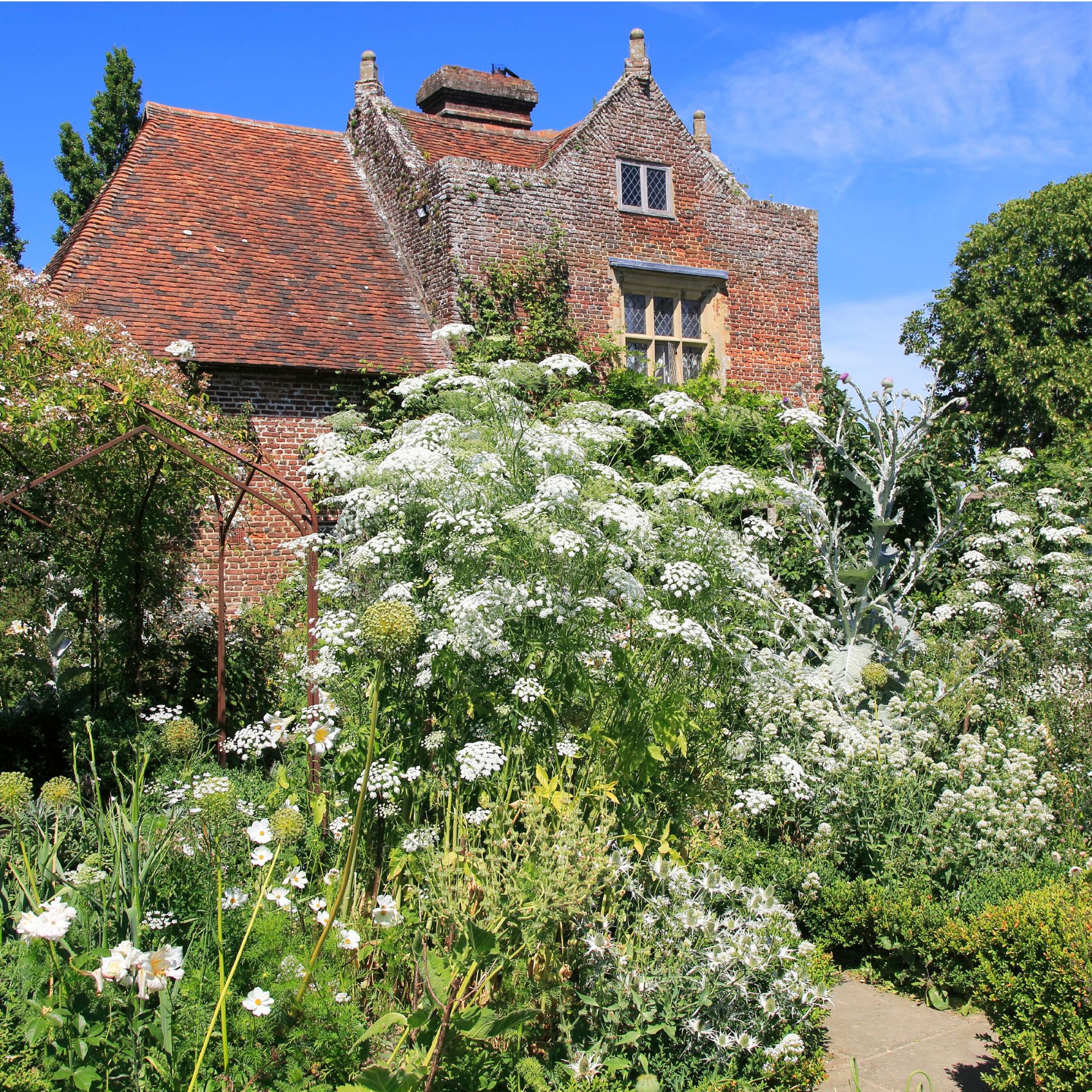
So, what are the four main types of plants that we should be using in a moon garden? And why are they so very prized by gardeners and horticulturalists alike?
Get the Ideal Home Newsletter
Sign up to our newsletter for style and decor inspiration, house makeovers, project advice and more.
Here's what you need to know.
1. Plants with white flowers
'White flowers and bright, silver foliage plants will illuminate your moon garden without the use of artificial light,' explains Queenie, who used an abundance of white blooms in her award-winning Lunar Garden at the 2023 RHS Hampton Court Palace Garden Festival.
'This will reduce disturbance to the nocturnal wildlife.'
If you need a little help choosing between the many white flowers available, Queenie suggests the following:
- Achillea millefolium Desert Eve White
- Agapanthus africanus albus
- Astrantia ‘Star of Billion’
- Armeria maritima ‘Alba’
- Cosmos White
- Echinacea purpurea ‘White Swan’
- Potentilla fru. ‘Abbotswood’
- Trachelospermum jasminoides
- Veonicastrum virginicum ‘Diana’
- Wisteria bra. ‘Shiro Kapitan’
2. Plants with silver foliage
If you're on the hunt for drought-tolerant garden ideas, you'll likely be pleased to learn that the moon garden's penchant for silver foliage should absolutely help you on your quest.
'Many plants with silver foliage are drought-tolerant, making them useful in areas of low rainfall or borders with very well-drained soil,' explains Queenie.
'Most do best in full sun, and will either feature leaves that are completely silver or grey, or a more mottled look.'
Hoping to take inspiration from the silver foliage plants that Queenie used in her own lunar garden? Don't say we never treat you:
- Artemisia ludoviciana ‘Silver Queen’
- Artemisia ‘Powis Castle’
- Artemisia stel. ‘Houghton Silver’
- Calocephalus brown
- Convolvulus cneorum
- Dichondra ‘Silver Falls’
- Santolina chamaechparissus
- Senecio ‘Angel Wings’
- Senecio Cineraria
- Stacey’s byzantine ’Silver Carpet’
3. Night bloomers
As you might expect from a moon garden, there is a fair bit of emphasis on what it looks like at night – which is why plants that bloom in the evening are a key staple.
'Moon gardens contain a lot of white flowers that attract nocturnal pollinators,' says Queenie.
'Moths and bats, for example, are attracted to blooms which open at night, boast strong scents and reflectiveness, and may be visible or even audible in the garden.'
In fact, the moon garden's attraction to moths is said to be the night version of a butterfly garden, making it a unique twist for anyone with a burgeoning list of bee garden ideas.
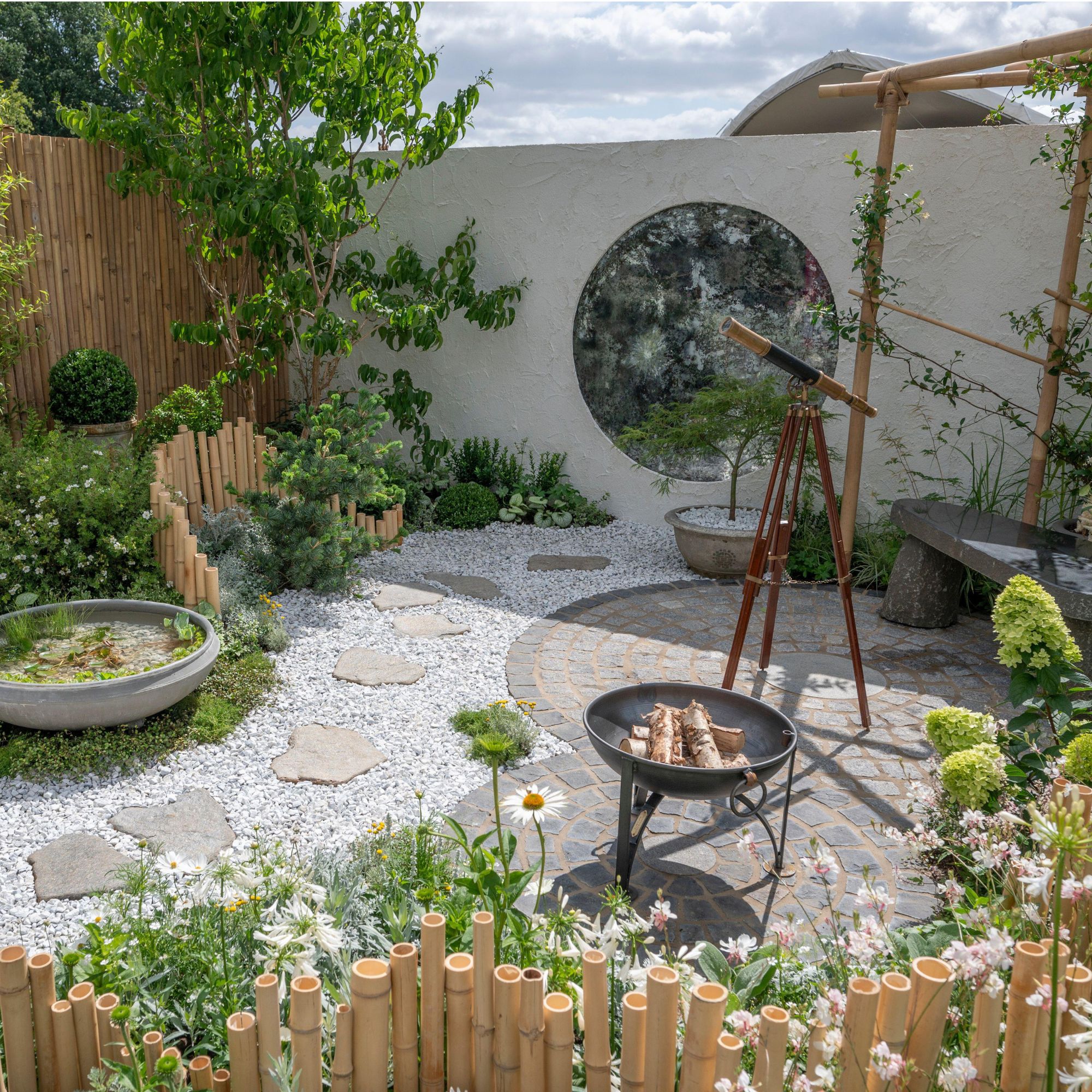
If you're struggling to determine which blooms fit the bill for this one, Queenie suggests the following for your moon garden's planting scheme:
- Ipomoea alba
- Paeonia lactiflora
- Iris germanica
- Viburnum carlesii
- Rosa spp
4. Plants with fragrant blooms
The final addition to any good moon garden is, of course, those plants with seriously fragrant blooms, such as roses, jasmine, mock orange, sweet box and aromatic herbs like thyme and rosemary,' says Matthew.
Morris Hankinson, director of Hopes Grove Nurseries, also recommends trachelospermum jasminoides (better known as star jasmine, available from £23.99 at Crocus).

Morris Hankinson is the founder and managing director of Hopes Grove Nurseries Ltd, the UK’s only specialist grower-retailer of hedging plants. He established the thriving business in 1992, shortly after graduating with a Commercial Horticulture Degree from Writtle College, Essex.
'No moon garden would be complete without this beauty,' he says.
'During the warm summer evenings, the scent of countless, perfect star-shaped white flowers is completely intoxicating.'
FAQs:
What is the purpose of a moon garden?
The purpose of a moon garden is simple: to create an outdoor space that can be enjoyed at night, creating the perfect spot for rest and reflection. It is also, however, a brilliant way to attract useful nighttime pollinators to your garden, such as moths and bats.
What do you put in a moon garden?
'Water elements, such as a small trickling fountain to create soft sounds or reflect light with movement, or a moon-gazing water bowl or birdbath of still water to reflect the moon are also key,' says Queenie, noting that these will also create habitat for wildlife.
'Planting is key – focus on using white flowers and silver foliage plants to enhance the mysterious yet romantic lunar mood,' she continues.
'And remember: a moon garden isn't just about sight, but about all the senses. Strong scents, the feeling of a breeze, or sound of movement will enhance the experience of a garden during the evening or night.'
To this end, Queenie advises that you use light colour natural stones for hard-landscape material, and that garden furniture should be set out in a round or circular shape to complement the lunar theme.
Where is the best place to put a moon garden?
Ideally, you want to be able to enjoy your moon garden at nighttime, so try to pop it somewhere that can be viewed from inside your home – either via a window or from a patio.
Alternatively, you can dedicate a small spot in your garden (perhaps a flowerbed) to a moon garden planting scheme.
Now that you know what you need to do to create a moon garden, it's up to you to embrace this celestial trend and create something truly magical in your home.
Good luck...

Kayleigh Dray became Ideal Home’s Acting Content Editor in the spring of 2023, and is very excited to get to work. She joins the team after a decade-long career working as a journalist and editor across a number of leading lifestyle brands, both in-house and as a freelancer.
-
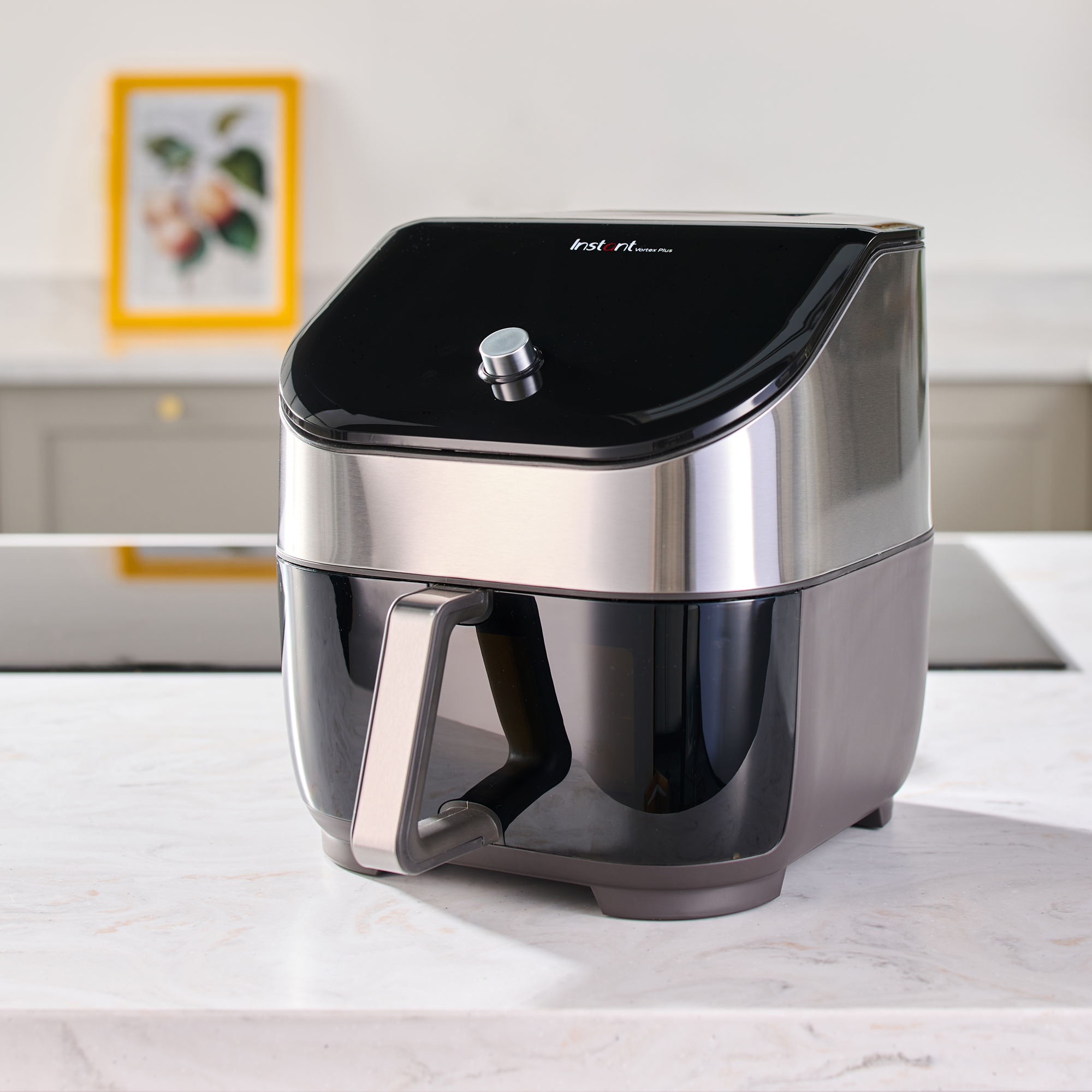 Should an air fryer be on display in a kitchen or hidden away? This is why I always keep my small appliances on the worktop
Should an air fryer be on display in a kitchen or hidden away? This is why I always keep my small appliances on the worktopAre you on team display or neatly hidden away? Share your opinion in the comments
By Rebecca Knight
-
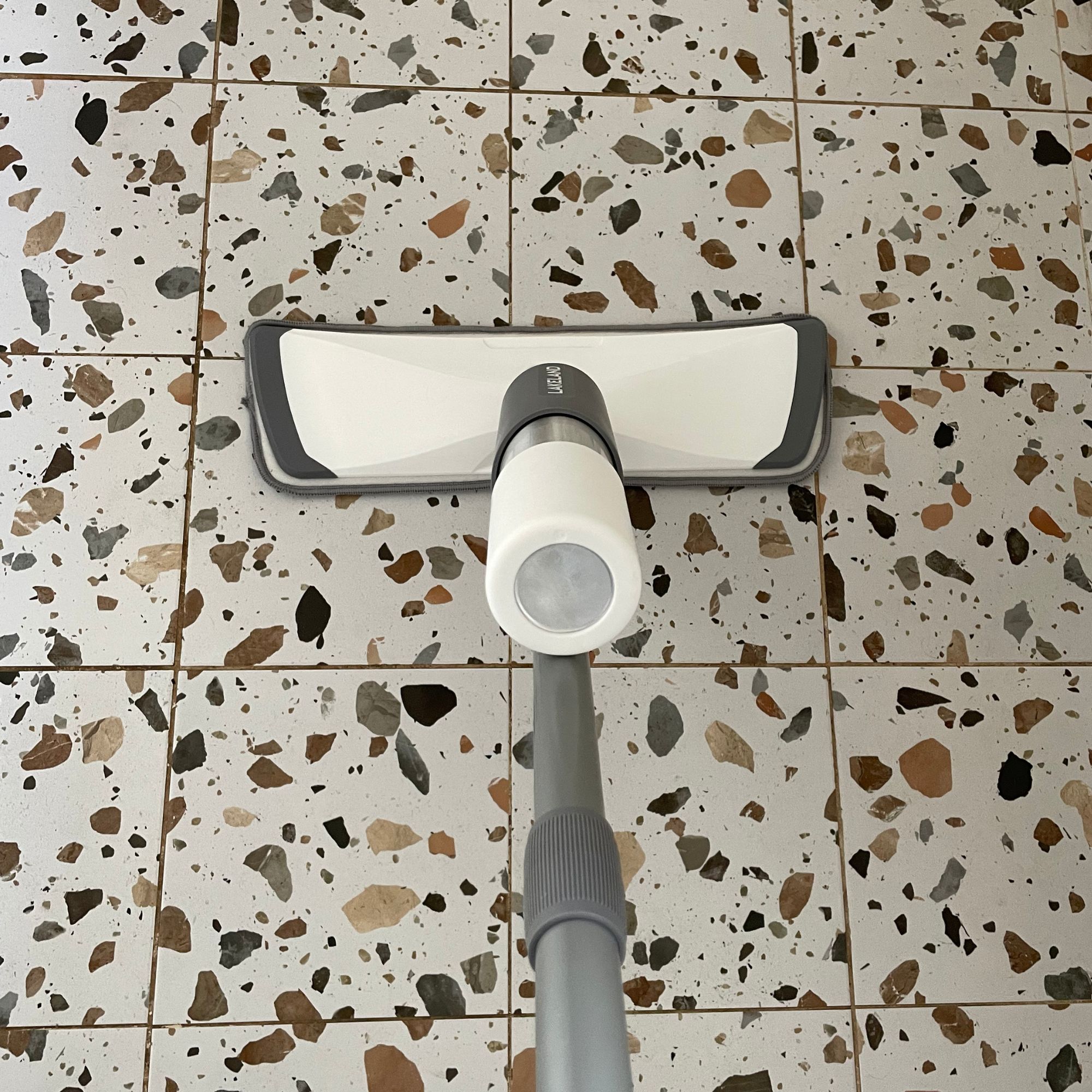 Experts warn that these 5 mopping mistakes are making your floors dirtier — and damaging your floors in the process
Experts warn that these 5 mopping mistakes are making your floors dirtier — and damaging your floors in the processThis is how to keep them clean and avoid costly damage
By Lauren Bradbury
-
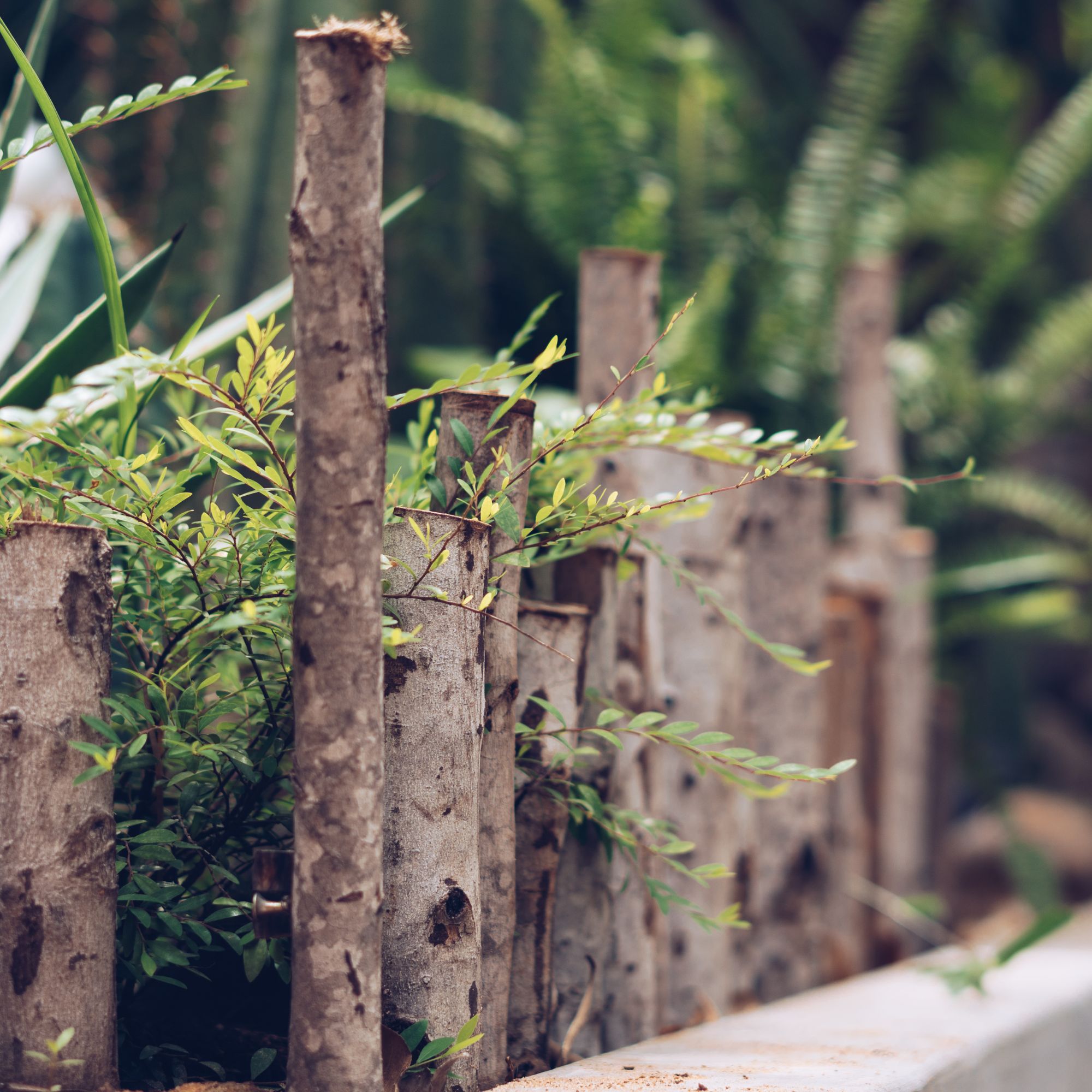 Move over, fences – dead hedges are the wild and wonderful alternative your garden will love and they're easier to build than you'd think
Move over, fences – dead hedges are the wild and wonderful alternative your garden will love and they're easier to build than you'd thinkThe perfect eco-friendly solution for small gardens
By Kayleigh Dray
